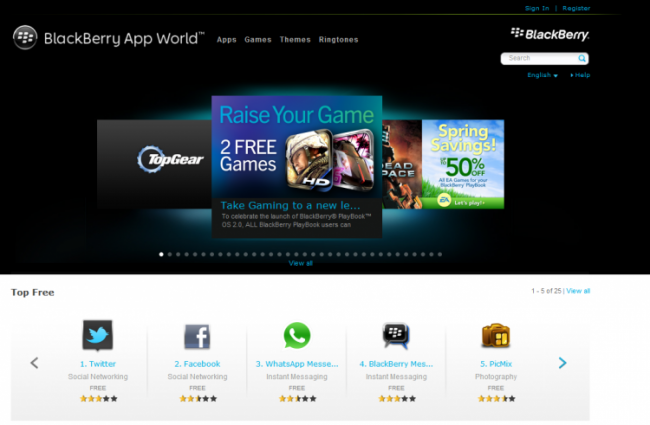How third-party apps on smartphones could breach your privacy
What makes a smartphone attractive and useful? The simple answer is the composition and number of compatible applications. On an average, an individual runs around 15-25 apps on his smartphone. Some Original Equipment Manufacturers (OEMs) provide custom made apps on a device, but the popularity of any handset is directly proportional to the number of apps/games available. The primary source of such apps is the official store (or the native store) of the functional OS; Android has Google Play, BlackBerry has App World and Windows Phone has the Marketplace. But in addition to these stores, there are unvetted channels through which several third-party developers provide applications.
What are third-party apps?
Strictly speaking, any application that is not distributed by the makers of the handset itself is known as a third-party app. Some of these apps; for instance, the best virus protection software, are essential for the smooth functioning of any device. But a clear demarcation must be made between third-party apps that are essential and those that are not. Apps from third-party sources are not filtered through the official channels and could very well turn out to be malware containers and bring associated privacy threats. Android owners, in particular, are permitted to install apps from various sources which put them in the high-risk category.
Discussed below are the potential dangers that third-party apps can create for smartphones and their users:
- Access to confidential data
Applications and their makers have access to private data and photos on devices and can potentially misuse this. They can even sell personal data to database hoarders and abuse the privacy of their ‘customers’. - In-app ads get the same permissions
In-app ads get the same permissions as the apps – a fact that most users are not aware of. This is risky as personal information about users is bounced around the cyber world without their knowledge. - Malicious and suspicious app activity
Some apps contain an ad-library which can potentially download harmful remote codes from the web. These codes could launch a ‘root exploit’ and take control of the device. Almost all apps can also track the GPS location of the device and this information can be misused to include the handset in a malicious botnet. - System instability
Such apps can cause system instability and can also eat into battery life since they are not optimized. A recent study by Purdue University found that while playing the free version of Angry Birds, 75% of the battery drain is caused by in-app ads.
We here at Quick Heal are not implying that one should refrain from using third-party apps, since some of them are crucial. We are only stressing the importance of verifying an app and its developer before installation and suggesting that device safety will be easier if one sticks to official channels of app distribution. One needs to understand exactly what is at risk before blindly installing third-party apps on smartphones from unverified sources.

6 Comments
but how do we know then, which third party apps are safer to install and which are not????
Sticking to the native app market is the first step. Beyond that, check permissions (for Android), verify app developers, read user reviews and install an antivirus software on the device. This will ensure safety. Even though app repositories like Google Play contain hundreds of thousands of apps/games, the most downloaded ones comprise around 10-15% of that number. Opt for these popular versions.
What about for Blackberry phones? Is there any way of telling a bad third party app for BB OS? Many of the useful ones have in-app ads.
how we know which application is safer installed and handle the android smart phone ?
this is a very good article but after informing about the risks you may also suggest the ways to tackle these problems.
We will be updating the blog with that information soon. Thank you for the feedback.